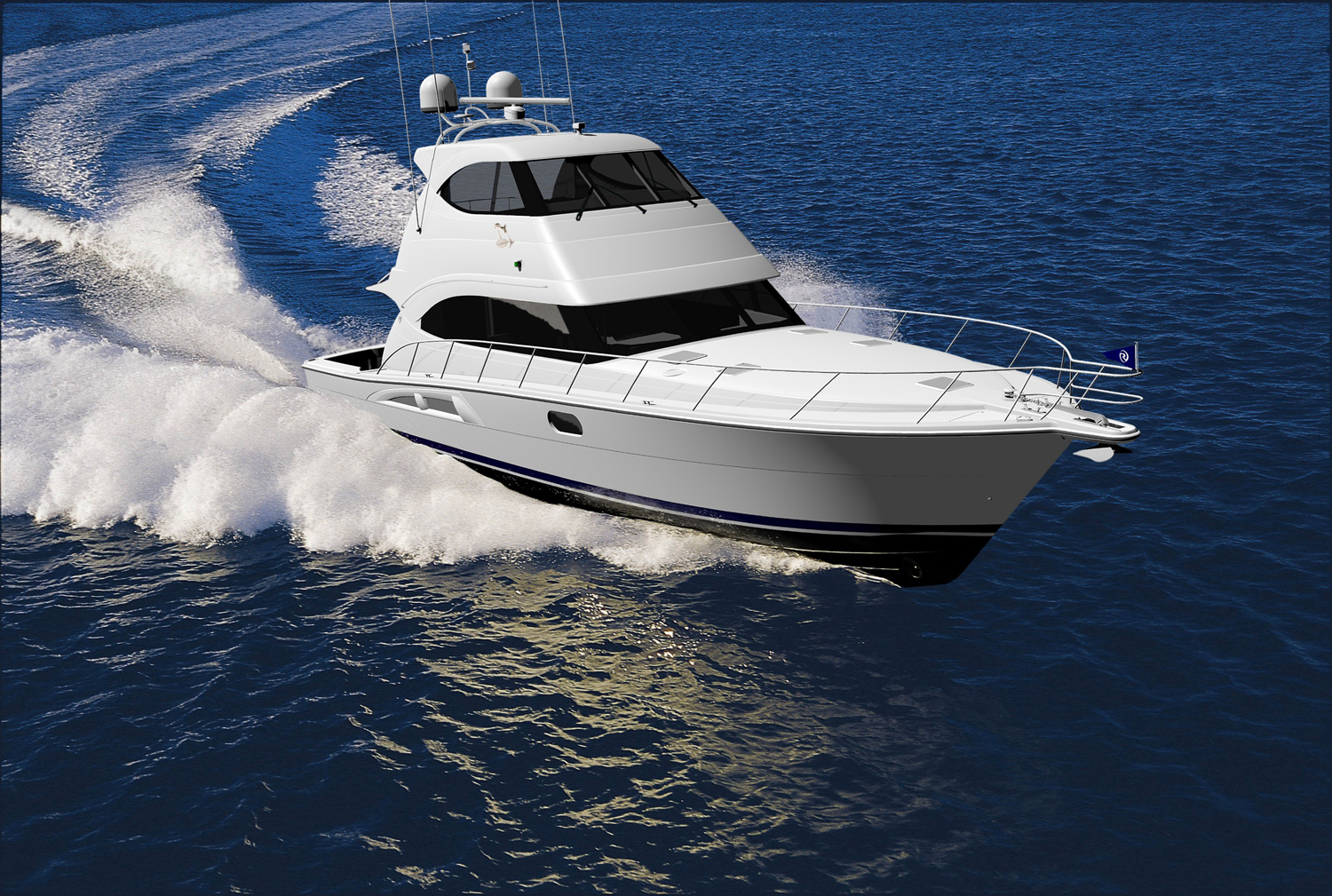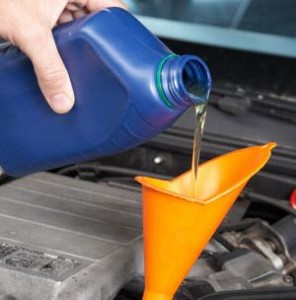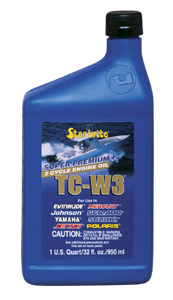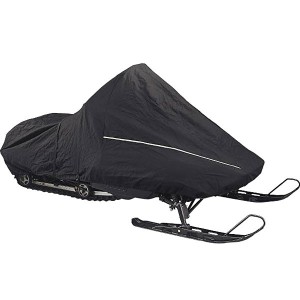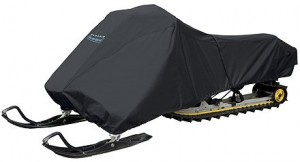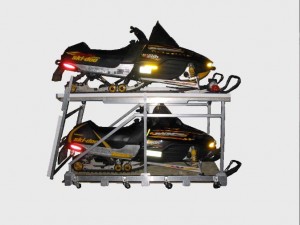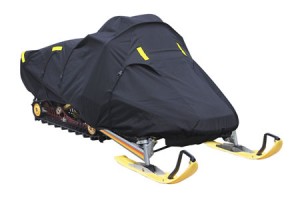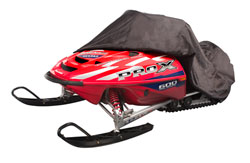Boat Engine Maintenance and Troubleshooting: Part One
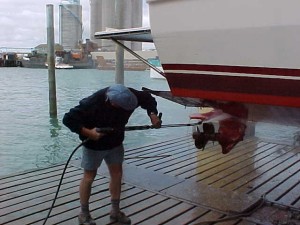 Whether you take your boat out everyday or just on the occasional three-day weekend, all watercrafts require a substantial commitment of time and money. Since any boat is going to be a sizeable investment, it makes sense to put in the effort to keep your boat in peak condition. Of course, you will want to change the outboard motor oil regularly and keep the hull clean, but this is only the tip of the iceberg. Over the next several days, we will be going over a variety of engine maintenance procedures to help your ensure that your boat stays afloat and you make the most of your time on the open water.
Whether you take your boat out everyday or just on the occasional three-day weekend, all watercrafts require a substantial commitment of time and money. Since any boat is going to be a sizeable investment, it makes sense to put in the effort to keep your boat in peak condition. Of course, you will want to change the outboard motor oil regularly and keep the hull clean, but this is only the tip of the iceberg. Over the next several days, we will be going over a variety of engine maintenance procedures to help your ensure that your boat stays afloat and you make the most of your time on the open water.
Obviously, boats are constantly exposed to water, and this is one of the main culprits when it comes to engine damage. The risks associated with water are two-fold. First, water is a solvent, which means that it will dissolve many materials and facilitates corrosion. Water also naturally harbors growth, which is a serious concern for the wood, plastic and metal that is constantly in contact with the water. Now that we know what the enemy is, tomorrow we will formulate the plan of attack.


